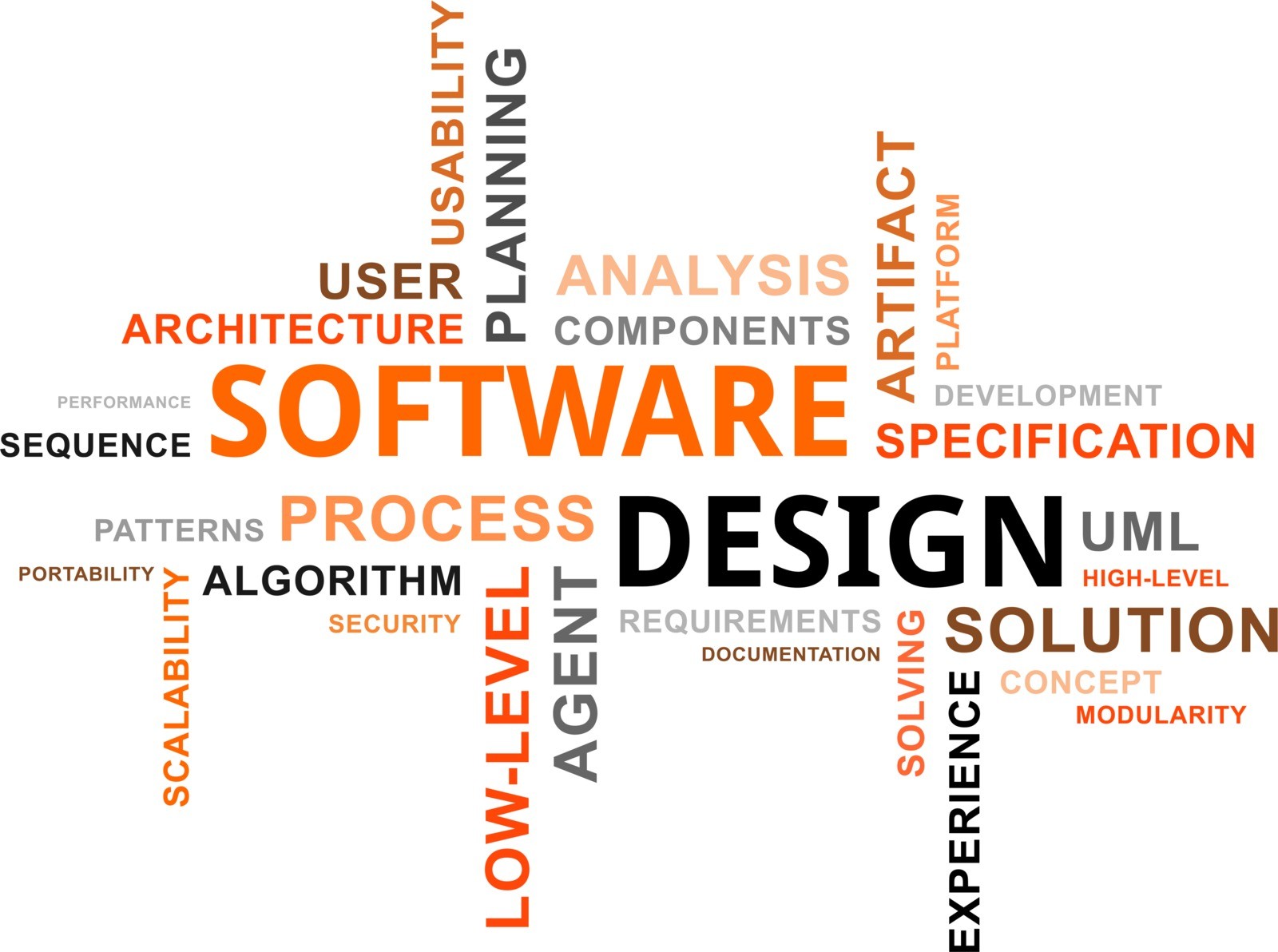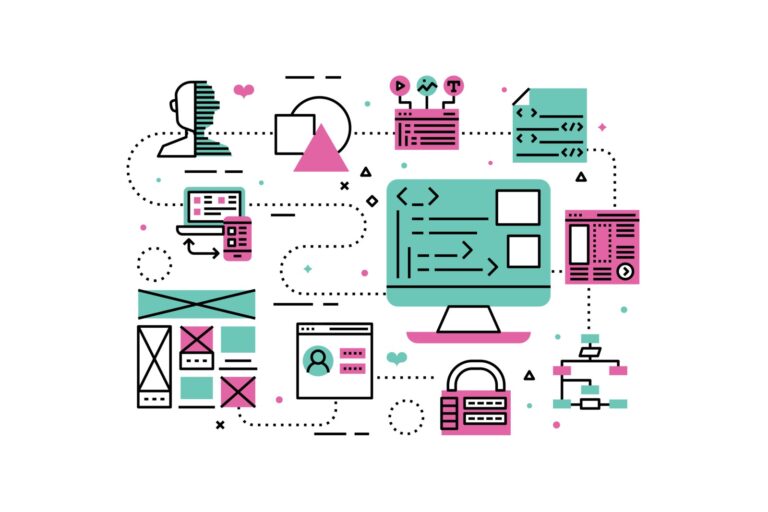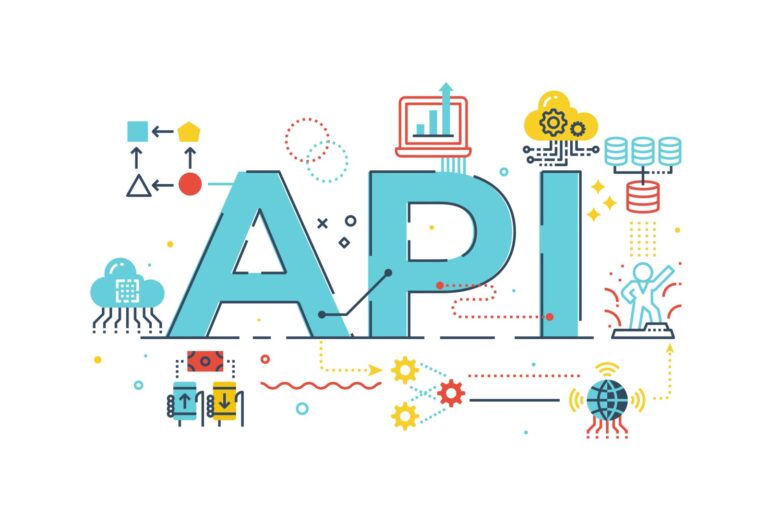In the intricate world of software development, design patterns serve as the foundational blueprints from which robust frameworks and impeccable codebases are constructed. As a beacon of innovation in this realm, Teton Software Inc is devoted to not just employing these patterns but also illuminating their intricacies for the professional growth of our peers in the field. Today’s compass points towards two pivotal data access design patterns often employed in Domain Driven Design (DDD): the Data Access Object (DAO) and the Repository. Let’s unravel these patterns, dissect their advantages and limitations, and deduce their optimal application in DDD.
The Data Access Object (DAO)
The DAO pattern’s primary purpose is to provide an abstract interface for communicating with the data source. The data source in question could vary from a database to any other form of persistent storage. The key to DAO’s operation lies in its ability to encapsulate the access logic, ensuring that the service layer remains completely oblivious to the underlying data access strategy.
Pros:
- Decoupling: DAO promotes the separation of concerns, as it meticulously isolates the persistence logic from the business logic.
- Ease of Modification: DAO’s abstraction allows developers to change the underlying persistence layer without disturbing the business code.
- Reusability and Testability: DAOs, once defined, can be leveraged across different parts of the application, facilitating easier testing.
Cons:
- Granularity: DAO can sometimes be too granular, leading to a proliferation of data access classes.
- Boilerplate Code: Redundant code is a common pitfall, as CRUD operations tend to be repetitive across DAOs.
The Repository Pattern
In comparison, the Repository pattern is more abstract than DAO. It plays a central role in DDD as it provides a collection-oriented interface to access domain entities. While DAO is a general pattern used in various software architectures, Repository is specifically tailored for DDD, where it acts as an in-memory domain object collection for a certain type of entity.
Pros:
- Aggregates Handling: The Repository can readily manage domain entities and their aggregates, which are central to DDD concepts.
- Business Logic Centric: It aligns closely with the business domain, offering more intuitive interactions with the business layer.
- Reduced Duplication: Repository can minimize duplication of query logic across the application.
Cons:
- Complexity Overhead: For simple CRUD functionalities, the Repository may add unnecessary complexity.
- Misuse Potential: There is a tendency to bloat repositories with excessive logic, which should ideally reside within the domain entities or services.
DAO or Repository: Deciding the Right Fit for DDD
Choosing between DAO and Repository often boils down to the particular requirements of your DDD landscape.
- When dealing with transaction-heavy applications where operations are more CRUD-oriented, employing a DAO might be more straightforward and effective.
- But, as the complexity of the domain logic increases, the Repository pattern shines by effectively managing domain aggregates and ensuring the domain logic stays untainted by persistence concerns.
In conclusion, whether you embrace the granular control of DAO or the domain-centric convenience of the Repository pattern, the key is to align your choice closely with the principles of DDD. By keeping domain logic pure and persistence as a secondary concern, both patterns can coexist and serve their respective purposes, ensuring that your architectural foundations are as strong as the code they support.
At Teton Software Inc, we understand that every choice can have a profound impact. Thus, we stand ready to advise, to develop, and most importantly, to elevate your software solutions to match your domain’s discerning needs. We encourage you to reach out, engage in deeper discussions, or simply peruse our services. Remember, your choice in data access design can set the tone for your entire project – choose wisely, code brilliantly.
Connect with us at Teton Software Inc. Let’s craft exceptional software, together.




good!!!